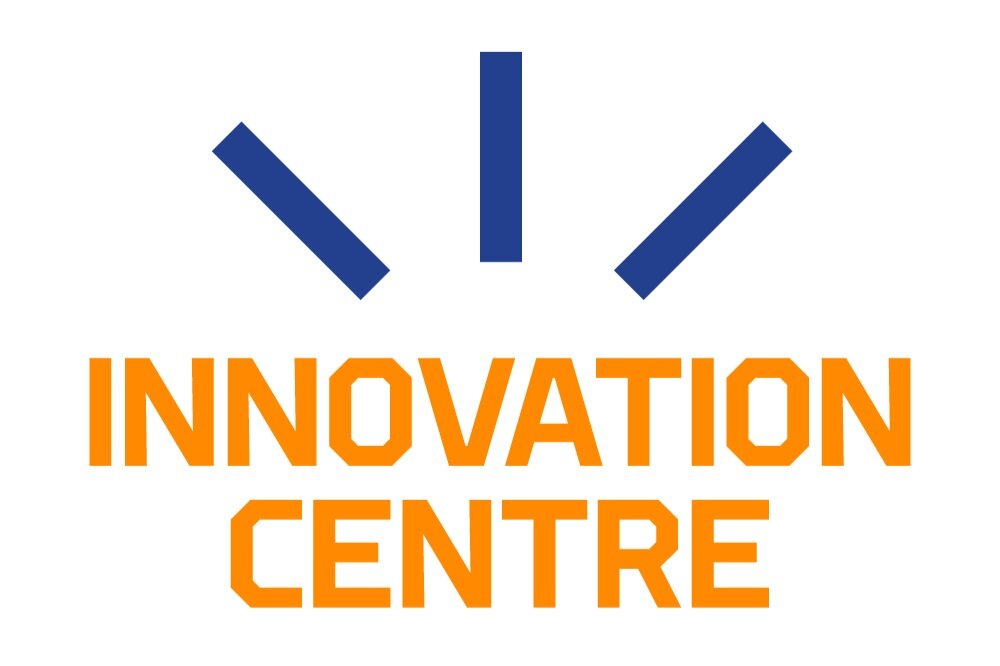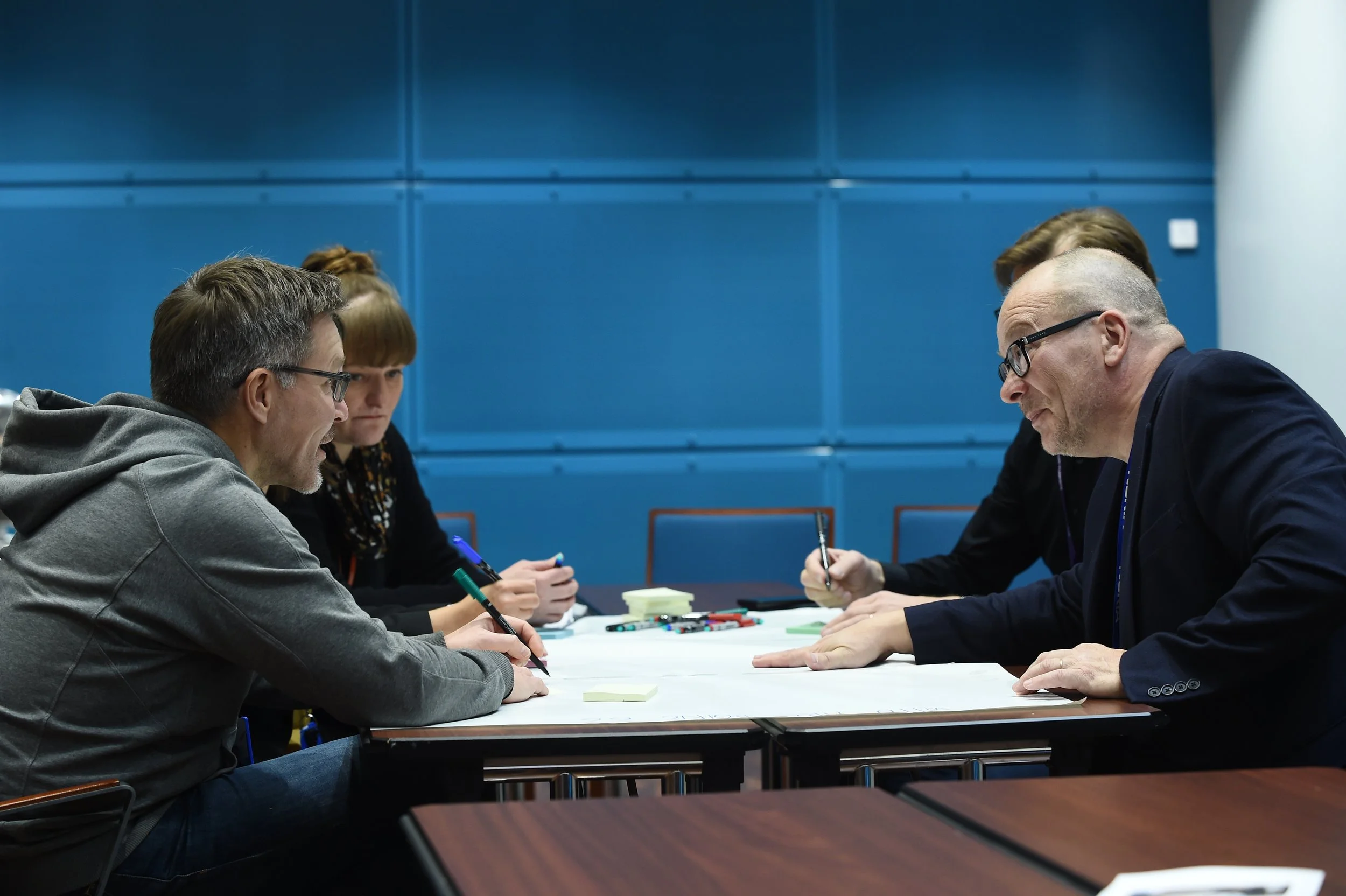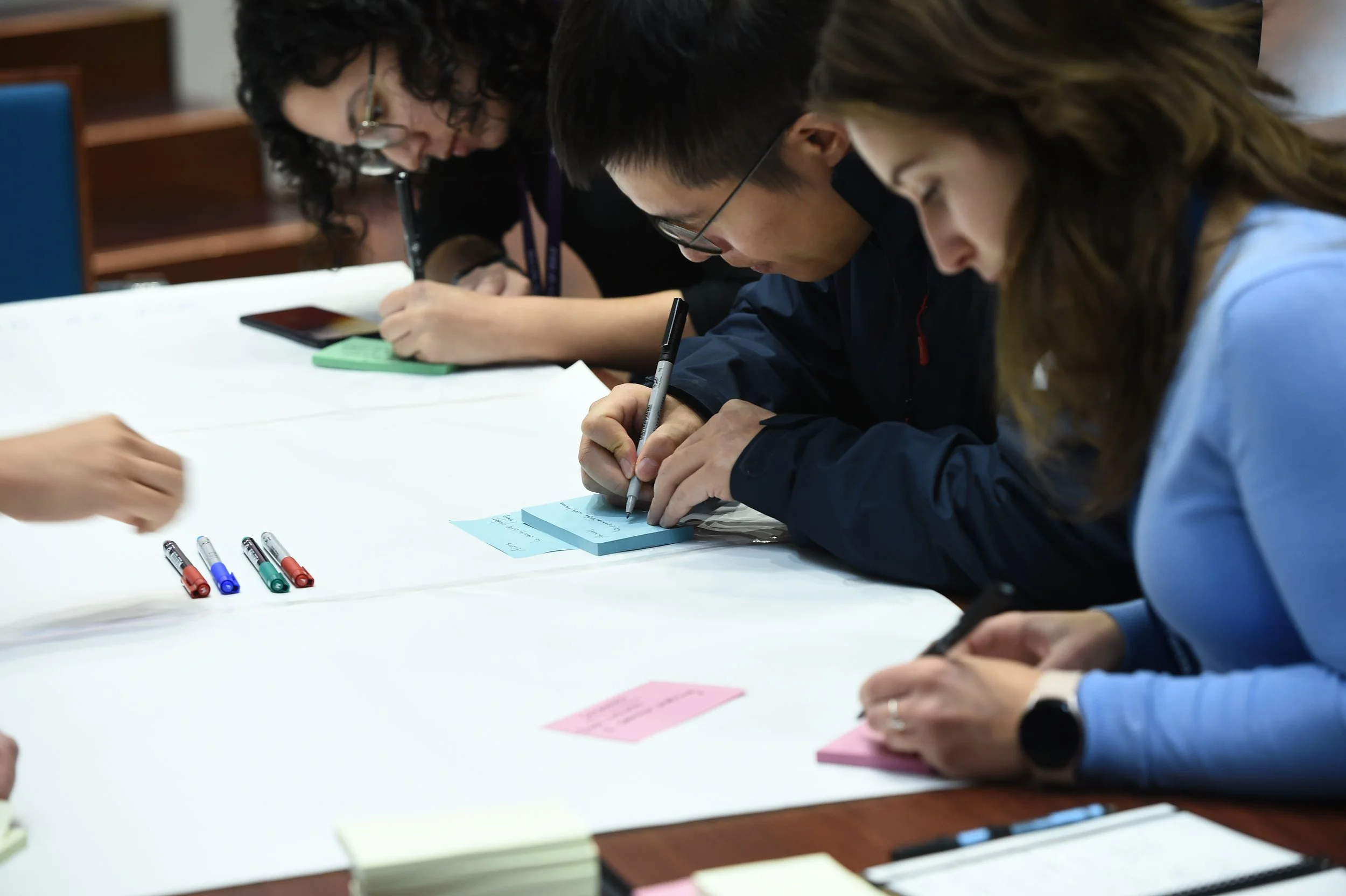6G – Empowering People and Businesses
Written by Jussi Meriläinen
University Business Forum offered participants six theme sessions. One of them was the “Power of data and connectivity” where participants got to envision the future of 6G technology. We got opportunity to discuss more about 6G and the workshop with Marja Matinmikko-Blue and Seppo Yrjölä!
Like we covered in an earlier post about UBF2022, this year’s theme was “Power to renew”. Keynote speech by Mikko Uusitalo from Nokia Bell Labs touched the development of 6G, and the theme session “Power of Data and Connectivity” dived further in the topic. Marja-Matinmikko Blue from the University of Oulu and Seppo Yrjölä from Nokia and the University of Oulu were the co-chairs of the session, and we interviewed them to learn more about development and qualities of 6G systems.
6G systems are estimated to launch in 2030, but it turns out there is much to do before that. “I advance themes of sustainable development and sustainability and take actively part in 6G-related regulatory forums.” These regulatory forums operate on national, European, and global scale, and the rulings and standards must be discussed before the new technology is adopted. Marja gives further examples of her work. There’s much co-operation, many meetings with a variety of stakeholders including operators, technology vendors, regulators. “Many times, it's also explaining, what the 6G could be.”
-
Research Director of Infotech and Director of Sustainability and Regulation in 6G Flagship.
Infotech is one of University of Oulu’s four focus institutes, advancing multidiscipline collaboration in the strategic focus area of digitalization and smart society.
6G Flagship develops the new mobile communication generation mentioned in the name.
-
Professor of Practice and Adjunct Professor at the Faculty of Information Technology and Electrical Engineering, University of Oulu
Principal Engineer at Nokia Enterprise
New vision for the next G
Much is still unknown about the 6G. Despite the early stage of the development, some things are known about 6G, especially the goals of development, sustainability and better quality of life. “The future ICT solutions must answer the challenges of sustainability. And not just 6G, but the systems already in use.” The amount of data transmitted and stored increases, and the challenge is to decrease the energy used in these processes and other emissions. In current situation users can’t really know, how much energy their data transfer consumes.
The previous standards have mostly advanced the speed and latency of wireless data transfer. 4G was a true global standard, and 5G enhanced the transfer capacity. While these current networks are operated by large service providers, the 5G and the future 6G are now implemented in more specific, closed networks, that could be used in automating different industrial sites like factories and harbors by different stakeholders.
Marja believes there are multitude of use cases in different circumstances and gives an example: “Networks could replicate whole work sites and update the changing situations in real time. It could be used in easing manual labor, by giving better situational awareness and enabling access in different resources in the actual physical environment, when needed.”
Another vision for 6G includes viewing data and knowledge as a resource. In the future this resource could circulate more freely in different systems, empowering single experimental users to develop innovation, know-how and new inventions. As Seppo says it, this could contribute in “democratizing innovation in the 6G era.”
Hurdles and Possibilities of the New Networks
In the actual theme session, Marja, and Seppo explored these future applications of 6G technology and factors affecting their development. As Seppo explained in his speech, the global standardization of technologies is always affected by changing political landscape. The ownership of data is a big question, and there are big differences how companies handle it and what attitude different countries have on that.
Seppo stated, however, that despite these challenges, the new closed private networks enable new possibilities on many industries and for the providers of these network technologies. Certain solutions, once developed, can be tailored again on other industries, growing vertically. For the users of these networks, they offer resource savings when work is organized more efficiently, and by that saving of resources that enable growth elsewhere. About the development he said that “nothing restricts these developments to the future; we can already do many of these things with current technologies.”
Marja gave her introduction speech about these new local ecosystems around the use of 5G and later 6G in specific application areas likes factories and ports. “Earlier the big mobile network operators operated countrywide networks, but now there can additionally be smaller local networks operated by someone else.” she explains.
The trend is, that companies don’t want to share their data, but keep in their own ICT-infrastructure. This creates new combinations between companies and technologies. The old “operator-technology provider-regulator-end user” value chain is challenged by these new systems and deployment models.
For People, Companies, and Animals?
The speeches by co-chairs were followed by a workshop, where session participants envisioned these new networks through questions “Who makes the 6G” and “For whom is 6G made”. Participants worked in two groups facilitated by the co-chairs and gathered ideas in turns for both topics. The workshop results are intended to be used in developing 6G further.
The first question addressed the change in the corporate landscape mentioned in the last section. New entries in the market are big cloud-service providers, who can now utilize their globally spread data centers for providing local network services and get the wireless parts from established providers. When asked about start-ups, Marja reminds that “The network business is big player business, and that won’t change. But there will be new possibilities in collaborating with them, when thinking startups and smaller businesses.”
Determining for whom is the 6G for is much harder, because all the different end users usually aren’t part of the discussions. It is generally hard to get your voice heard. And the users can differ from individuals to companies and organizations, with completely different needs. The workshop raised many interesting views on users of 6G: “One participant proposed that let’s make a network for animals.”
An important question is how user empowerment can be ensured in 6G, so users have a genuine opportunity to play an active role in the ecosystem. This means design techniques for experimenting, making, and shaping technologies for their personal needs.
Figuring Out the Future Together
In the end, the 6G technology is still far in the future with expected deployment around 2030, and the direction of it lies in the hard work of Marja, Seppo and other scientists and developers. At least the workshop attendees reacted well in the substance matter and many happy and excited expressions could be seen amongst them. There’s much to do, but at least this diverse group of academics and industry showed that there’s much to achieve too.
Marja also addresses a need for multi-disciplinary approach including human and social sciences in the 6G development in addition to technology and engineering. “When you want to increase the quality of life for human beings, you need to know, what their needs are and how they should be handled.” We are really excited to see further how the 6G technology evolves in the coming years and can’t wait what kind of feats these new systems can do for people and businesses alike!
Jussi Meriläinen
Innovaatioviestinnän Yliopistoharjoittelija // Innovation communications Intern
+358 50 305 5741
jussi.merilainen@oulu.fi
Blogitekstit, uutiset, sosiaalinen media, tapahtumaviestintä, viestintäsuunnittelu.
Blog posts, news, social media, event communication, communication planning.





